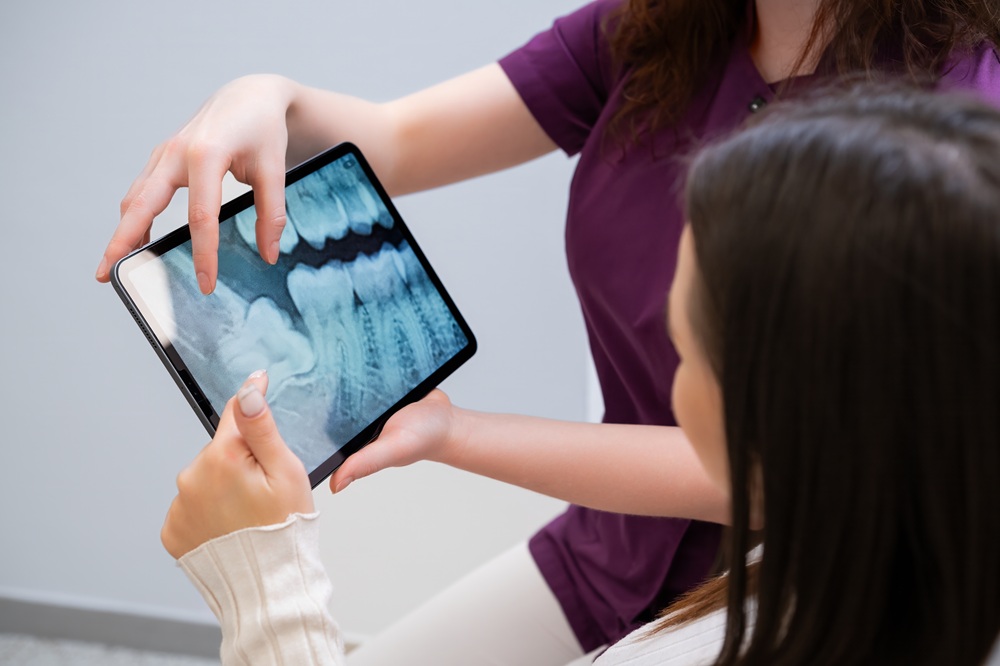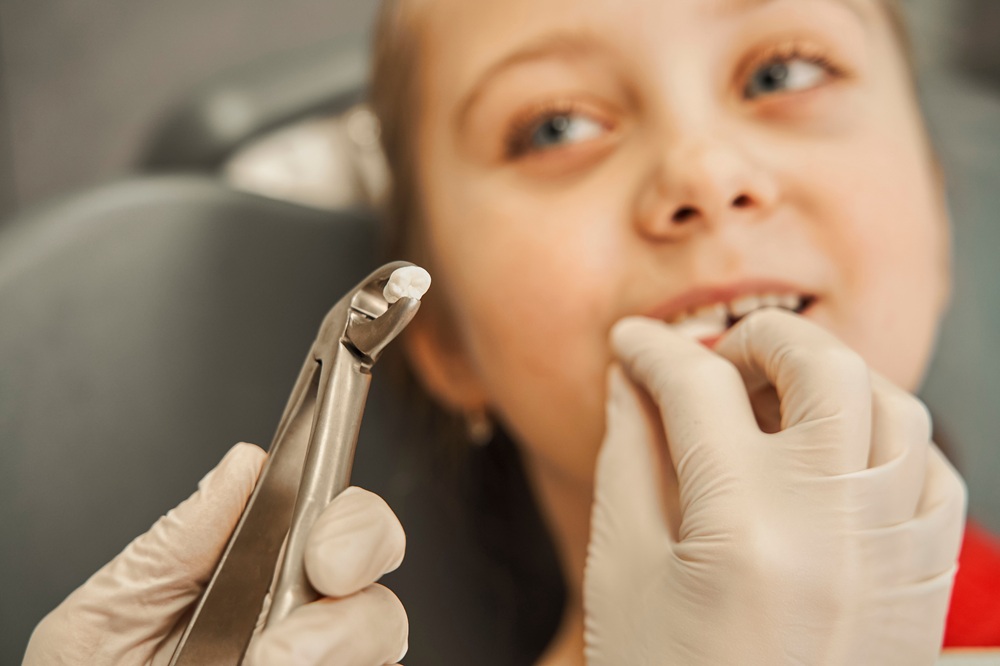


Tooth extractions are a common dental procedure that can significantly improve your oral health when a tooth becomes too damaged or infected to save. At Bel-Red Dental, we understand that needing an extraction can feel concerning, which is why our experienced team focuses on making the process as comfortable and stress-free as possible. Dr. Su-Young Jane Choi uses advanced techniques and provides comprehensive care to ensure your extraction is performed safely and efficiently, helping you get back to enjoying life without dental pain or complications.
Understanding Dental Extractions
Tooth extractions become necessary when trauma or decay makes it impossible for your tooth to be repaired or saved through other dental treatments. Additional reasons for extractions include crowding, severe tooth infection, serious gum disease, or a compromised immune system that makes keeping the tooth risky.
Wisdom teeth are among the most common types of extractions, as many people don’t have adequate room in their mouths for this last set of molars. Wisdom teeth also frequently get stuck beneath the gum line or erupt crookedly, which can affect your smile’s alignment and overall oral health.
Benefits of Tooth Extractions
Eliminates the Source of Bad Breath
Severely decayed or infected teeth often produce persistent bad breath that regular brushing and mouthwash cannot eliminate. Tooth extraction removes this bacterial source completely, allowing your breath to return to normal. This improvement in oral hygiene helps restore your confidence in social and professional interactions.
Reduces the Risk of Jawbone Damage
Infected teeth can spread bacteria to the surrounding jawbone, potentially causing serious bone loss or osteomyelitis. Extraction prevents this progression and protects the structural integrity of your jaw. Early removal of problematic teeth helps preserve your facial structure and prevents more complex surgical interventions later.
Improves Overall Immune System Function
Chronic dental infections force your immune system to work overtime, leaving you more susceptible to other illnesses. Removing infected teeth allows your body to redirect its defensive resources toward maintaining overall health. Many patients report feeling more energetic and getting sick less frequently after problematic teeth are extracted.
Enables Better Nutrition Absorption
Painful or damaged teeth often prevent you from chewing nutritious foods properly, leading to poor dietary choices and digestive issues. Extraction eliminates this barrier, allowing you to return to eating a balanced diet that supports your overall health. Once healing is complete, you can enjoy all your favorite foods without discomfort or dietary restrictions.
Prevents Complications During Medical Procedures
Infected teeth can pose serious risks during surgeries, cancer treatments, or other medical procedures that suppress your immune system. Extraction eliminates this potential source of complications, ensuring your medical care proceeds safely. Many physicians recommend dental extractions before major medical treatments to reduce infection risks.

Our Tooth Extraction Process
Comprehensive Examination and Assessment
Our dental team begins with a thorough evaluation of your tooth and surrounding tissues, using digital X-rays to determine the exact condition and position of the tooth requiring extraction. We assess whether you need a simple extraction for teeth above the gum line or a surgical extraction for impacted or broken teeth. This detailed examination helps us create the most effective treatment approach for your specific situation.
Personalized Treatment Planning
Based on your examination results, Dr. Su-Young Jane Choi develops a customized extraction plan that addresses your unique dental needs and comfort preferences. Our team explains the difference between simple and surgical extractions, helping you understand which procedure is necessary for your case. We also discuss anesthesia options, recovery expectations, and any post-extraction treatments that may be recommended.
Safe and Comfortable Extraction Procedure
The extraction process begins with complete numbing of the treatment area using local anesthesia, ensuring you feel no pain throughout the procedure. For simple extractions, we use an elevator instrument to carefully loosen the tooth before gentle removal, while surgical extractions may require a small gum incision to access impacted or broken teeth. Dr. Su-Young Jane Choi monitors your comfort level continuously and adjusts techniques as needed to ensure optimal results.
Detailed Post-Extraction Care Instructions
Following your tooth extraction, we provide comprehensive aftercare guidelines to promote proper healing and prevent complications like dry socket formation. You’ll receive specific instructions about managing discomfort, maintaining oral hygiene around the extraction site, and selecting appropriate soft foods during recovery. We also explain important activities to avoid, such as drinking through straws or engaging in high-impact exercise that could disturb the healing blood clot.
Ongoing Recovery Support and Monitoring
Dr. Su-Young Jane Choi schedules follow-up appointments to track your healing progress and address any concerns that may arise during your recovery period. These visits allow us to ensure the extraction site is healing properly and that no complications have developed. We also discuss future treatment options if tooth replacement is recommended, and we remain available to answer questions throughout your healing process.

Why Choose Us for Dental Extractions
At Bel-Red Dental, we combine advanced dental techniques with compassionate care to make your extraction experience as comfortable as possible. Dr. Su-Young Jane Choi has performed countless extractions with excellent outcomes, giving you confidence in our ability to handle even complex cases.
We prioritize your comfort through effective pain management strategies and create a calming environment that helps reduce anxiety. Our commitment to comprehensive aftercare ensures you have the support needed for a smooth recovery, and we’re always available to address any concerns that may arise during your healing process.
Ready to end your dental pain?
You don’t have to live with the constant discomfort of a damaged or infected tooth any longer. At Bel-Red Dental, we specialize in gentle, efficient extractions that restore your comfort and protect your long-term oral health. Our experienced team combines advanced techniques with compassionate care to ensure your extraction experience exceeds your expectations.
Take control of your oral health today and schedule your extraction consultation with Dr. Su-Young Jane Choi. Contact Bel-Red Dental now at 425-883-3656 to discuss your specific needs and discover how we can help you achieve lasting relief from dental pain. Connect with us on social media for valuable dental health tips and to stay updated on our latest services and patient success stories.
FAQs
What to eat after a tooth extraction?
Focus on nutrient-rich soft foods like scrambled eggs, protein smoothies, applesauce, and well-cooked pasta during your initial recovery period. These foods provide essential nutrients for healing while being gentle on your extraction site. Avoid crunchy, sticky, or acidic foods that could irritate the area or dislodge the protective blood clot that forms after your procedure.
How long after tooth extraction can I eat?
You can resume eating soft foods approximately 2-3 hours after your extraction, once the local anesthesia has completely worn off and you can feel your mouth normally. Start with room temperature liquids and gradually progress to soft solids as your comfort level improves. Most patients can return to their regular diet within 5-7 days, though healing time varies depending on the complexity of your extraction.
How long does a tooth extraction take?
Simple extractions typically require 15-30 minutes from start to finish, while surgical extractions for impacted or broken teeth may take 45-60 minutes, depending on the case complexity. The actual tooth removal often happens much faster than patients expect, with most of the appointment time devoted to preparation, anesthesia administration, and post-procedure care instructions. Our efficient techniques ensure your extraction is completed as quickly and comfortably as possible.
How long do I keep the gauze in after tooth extraction?
Maintain gentle, consistent pressure on the initial gauze pad for 30-45 minutes immediately following your extraction to promote proper blood clot formation. Replace the gauze every 30-45 minutes if active bleeding continues, but avoid excessive checking or disturbing the extraction site unnecessarily. Most bleeding should subside within 2-4 hours, though some minor oozing may persist for the first 24 hours as part of normal healing.
Can I drink alcohol 24 hours after tooth extraction?
Avoid all alcoholic beverages for at least 48-72 hours after your extraction to prevent interference with the natural healing process and blood clot formation. Alcohol can increase bleeding, delay healing, and interact dangerously with prescribed pain medications or antibiotics. Wait until you’ve completed any prescribed medications and your extraction site shows clear signs of healing before gradually reintroducing alcohol into your routine.

